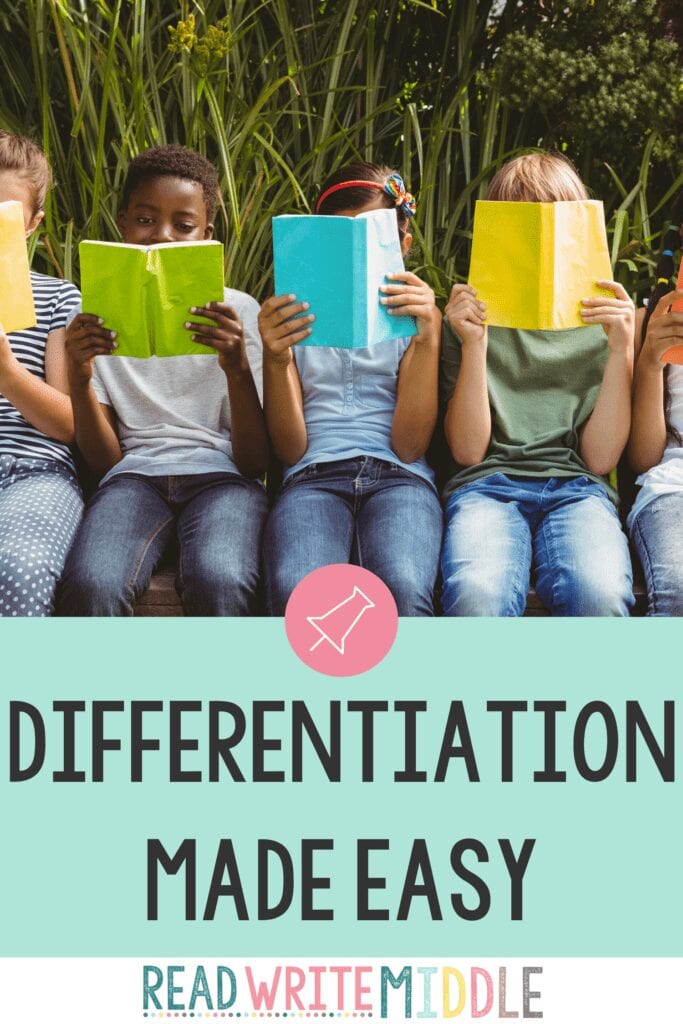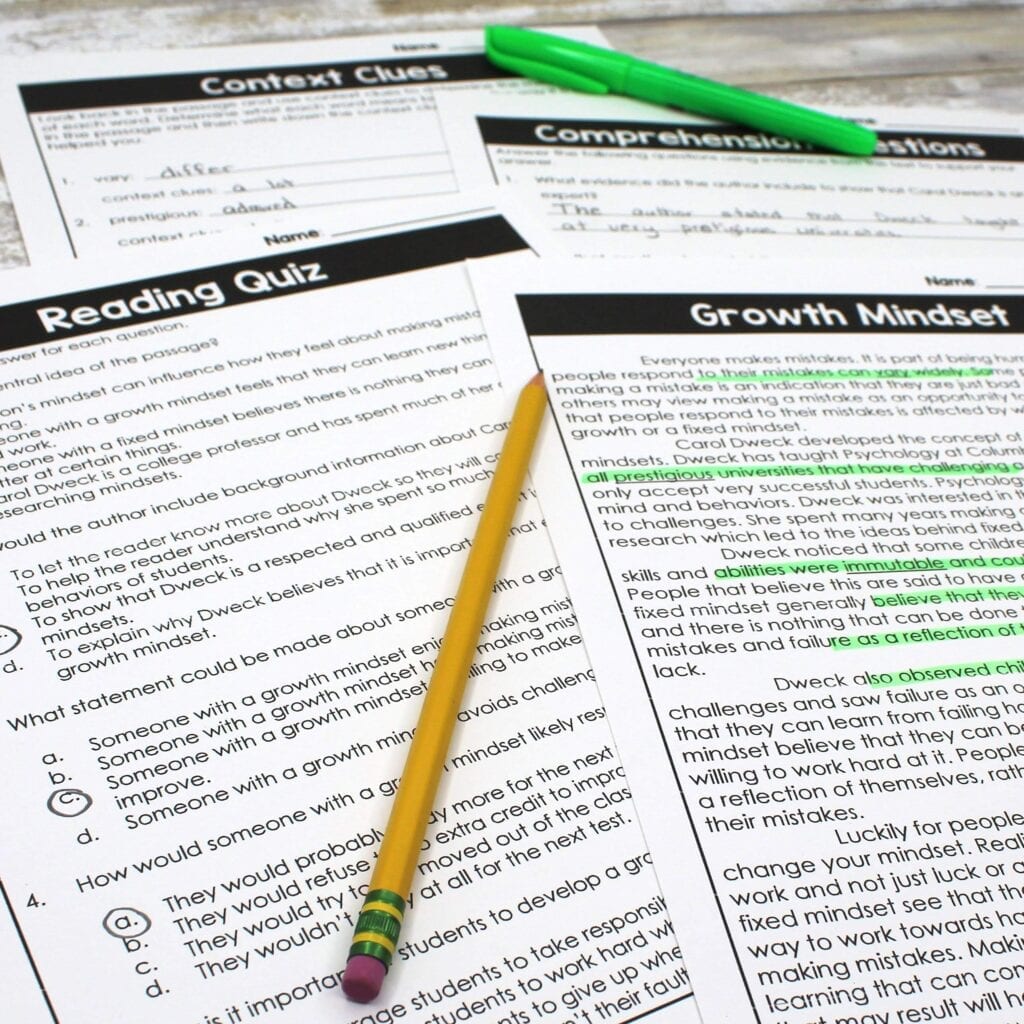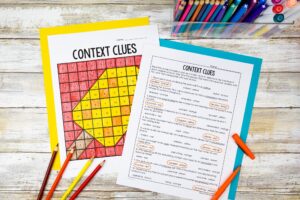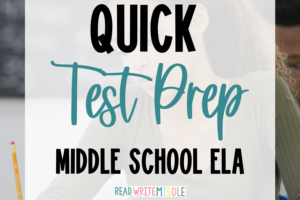No two students are alike, in personality or ability. Most instructors know this fact intellectually, but when it comes time to plan for instruction, it may not be foremost in the teacher’s mind. With the many factors to be considered when lesson planning, how can a teacher quickly and easily differentiate instruction to make sure everyone’s learning needs are addressed? Here are some quick ways to differentiate your reading instruction in your middle school classroom.

Use leveled readings.
Differentiation is not difficult, but it is time consuming. By changing the word count or vocabulary level, one article can be used for multiple reading levels. The problem is how to find the time to make these small but significant changes in teacher-created content. One low-cost solution to this problem is relying on another educator’s expertise! By using differentiated reading passages, you will meet the needs of all your students while saving time and providing engaging content. Reading includes both decoding and comprehension, and vocabulary is a big piece of this puzzle. Knowing how to use context clues to figure out word meaning is key for building reading skills. These activities include a variety of ways for students to practice vocabulary and context clues strategies while reading relevant content that’s sure to keep their attention. For example, what adolescent isn’t intrigued by Friday the 13th? I challenge you to find one! This passage details the history behind Friday the 13th and delves into different cultural perspectives on this phenomenon. While learning more about this notion, students are painlessly practicing their reading skills and improving achievement. Like the other differentiated passages in the reading passages bundle, the Friday the 13th passage includes a differentiated context clues activity, short answer reading comprehension questions, and a writing activity.
Incorporate writing.
While many reading practice materials only include passage and question sets, the differentiated reading passages bundle includes writing activities as well. It’s a natural extension for students to have the opportunity to write about what they’ve just read. Even better, this bundle includes different modes of writing for students! Students will have the opportunity to practice persuasive writing as well as informative writing via these engaging activities. What an effortless opportunity to go from reading to writing!
Focus on mindset.
Speaking of effort, have you discussed mindset with your students? By middle school, many students have learned of Carol Dweck’s theory of growth vs fixed mindset. Why not have your students brush up on this content while improving their reading, writing and thinking skills? This growth mindset reading lesson lends itself beautifully to social-emotional learning, too, and would be a great springboard for a whole-class meeting. Using the Winter Sports Passage to allow students to reflect on their successes is another great way to address social emotional learning, as well as metacognition. Additionally, writing about learning is an excellent means of clarifying thoughts and making learning permanent. Make certain to plan for all of your students when it comes to reading and writing. Use these quick ways to differentiate your reading instruction in your middle school classroom!










